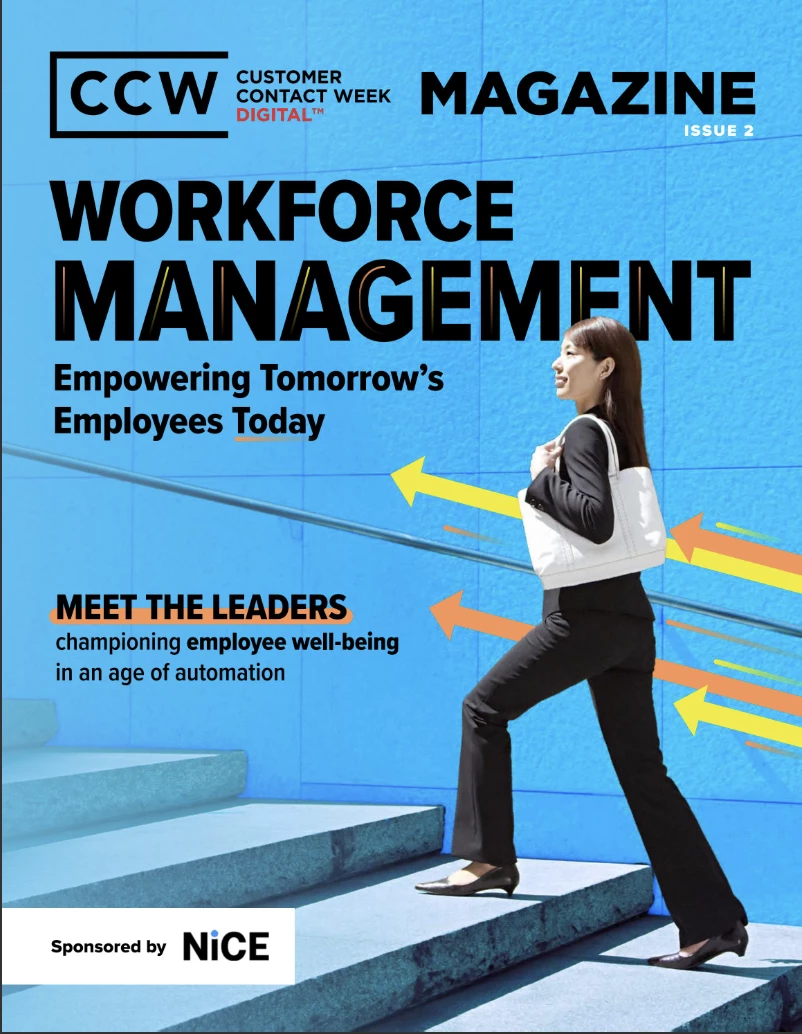Is the 9-5 Dead?: Reassessing The Future of Remote Work
Add bookmark
As we hit almost a full year of lockdown, we can begin to reflect on the evolution of remote work. In the beginning, it was adopted in reaction to our uncertain and potentially frightening future, forcing companies to continually update and implement new solutions to ease the unprecedented transition. But now, at the one-year mark, we’re no longer seeing this reactionary response. We’re used to meeting on Zoom and managing our own work/life balance, keeping us stuck in the status quo of remote life.
Additionally, with companies regularly announcing new permanent remote options, this new normal is expected to persist. While this certainly will be a positive byproduct of the pandemic for some, it represents a new challenge for remote workers still struggling to adapt in 2021.
In continuing on, it’s important to recognize the current challenges of the distributed environment before they become standard in our remote future.
Lockdown Fatigue
Although we will likely eventually return to some type of normalcy, lockdown fatigue and the overall negative impacts we’ve seen on remote workers’ well-being won’t just immediately go away. Sure, we may be able to grab dinner at a restaurant more freely, but remote workers will likely still spend most of their days at home by themselves.
Because of this, many of the habits (good or bad) that we formed during quarantine may persist, if we don’t work to unlearn them. For example, financial firms are suffering from ‘lockdown fatigue’ -- but not in the way that you’d think. David Blunt, the FCA’s Head of Conduct Specialists told Reuters, that many employees are struggling to feel confident in the workplace environment, afraid to speak out or challenge opinions.
He also notes that both standouts and underperformers take on massive workloads due to psychological factors. High performers aim to keep their status, while individuals who may have been considered average or low performers have issues proving themselves and changing the perception of their abilities.
These patterns are detrimental to both the employee, creating insecurities and a diminished sense of confidence, and the employer, in the lack of collaboration and innovation. It also keeps employees firmly in their ‘place’ in the sense that they cannot break free of former reputations to become more productive, or in high performers’ case ease their impossibly heavy workloads.
Is the 9-5 Dead?
In its response to implementing a new hybrid plan, Salesforce recently declared the traditional 9-5 schedule dead. Salesforce’s Chief People Officer Brent Hyder noted that the rigid schedule just doesn’t make sense anymore and an increased level of flexibility enables successful employees. The company aims to empower its employees by allowing them to work within their own schedule to figure out what works best.
This concept seems necessary when considering recent statistics illustrating a chronically overworked population. According to a recent study, remote work has led to a 2.5-hour increase in the average workday. Employees from the UK and the Netherlands were most noticeably impacted; they were found to work until 8 pm and consistently delay the ending of their days. Additionally, it’s not just personal choice, as 55% of UK employees felt they were expected to work outside of their regular hours when working remotely.
This regular extension of the 8-hour day should not become a permanent fixture of the remote environment if companies are seeking long-term success. If employees are constantly expected to work through their nights at home, it will catch up with them and eventually lead to burnout and high turnover rates. Therefore, more companies should consider not only allowing flexibility in employees’ scheduling but also promoting a more appropriate and reasonable duration of their days to improve their overall work/life balance.
Setting Ourselves up for Success
Although the remote work environment seems to be functioning reasonably well for how quickly both businesses and their employees were forced to react, it was really only meant to be a temporary fix. The Financial Times recently reported on the idea that our initial adoption of remote work was actually quite different than how we would position a permanent change.
With former technological shifts, it took time to adjust to new practices and actually see genuine productivity with change. Additionally, it takes time for society to adjust to these new norms and adapt accordingly, but in this case, we were essentially forced to adjust overnight. Therefore, the standards that we outlined, in the beginning, may not be relevant as remote life becomes more permanent.
For example, with the initial shift of working from home, teams actually all knew one another. While it may have been difficult to connect as freely, they at least had a baseline familiarity with everyone on their team. Now, with the introduction of new employees and shifting responsibilities, individuals are forced to work with a team they may have never met. Therefore, the standards originally established may not apply to newer or less familiar team environments.
This concept points to the idea that a successful remote future will require a review of our established standards before it becomes a more permanent solution.
Photo by Anna Shvets PEXELS



























